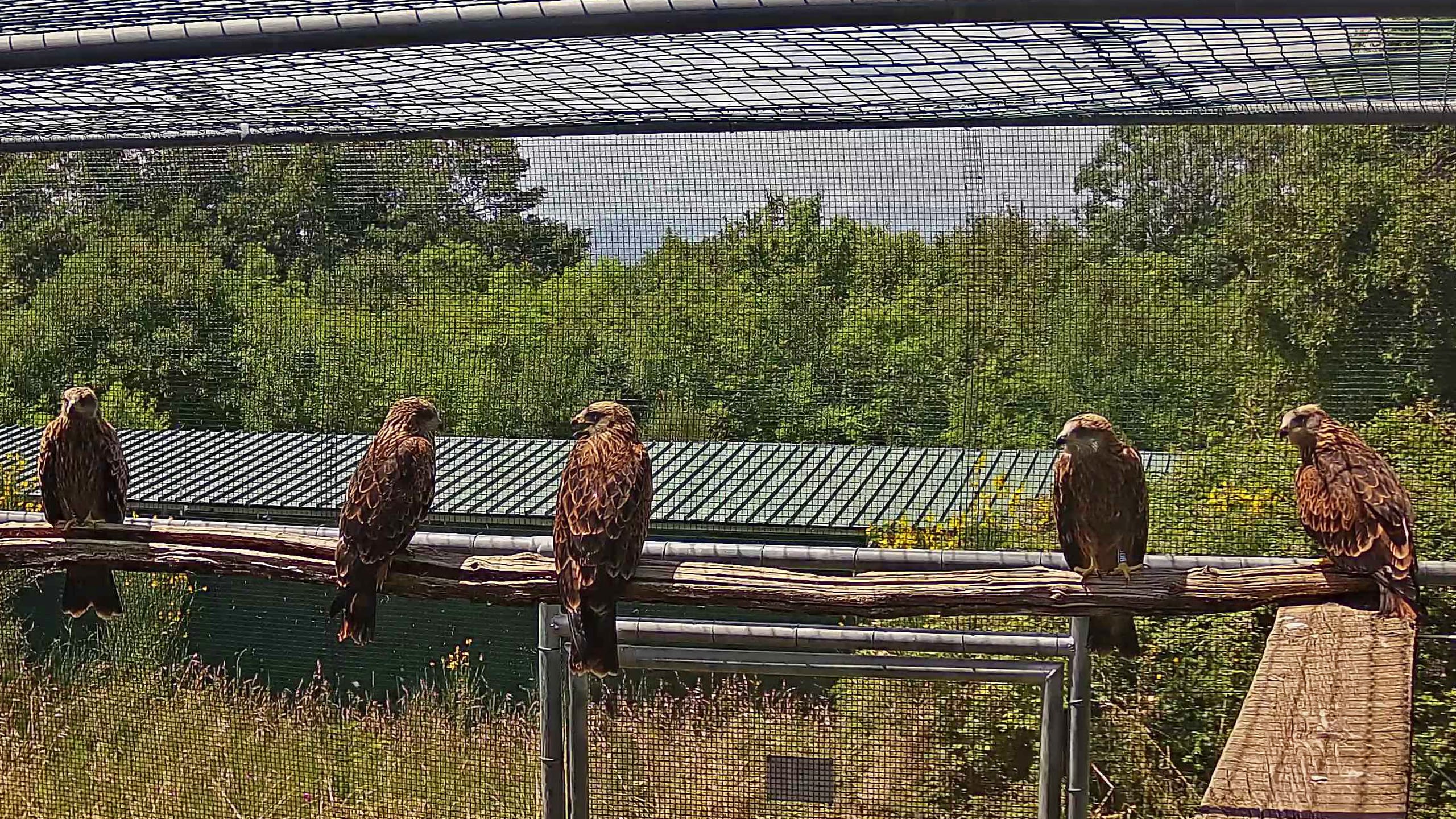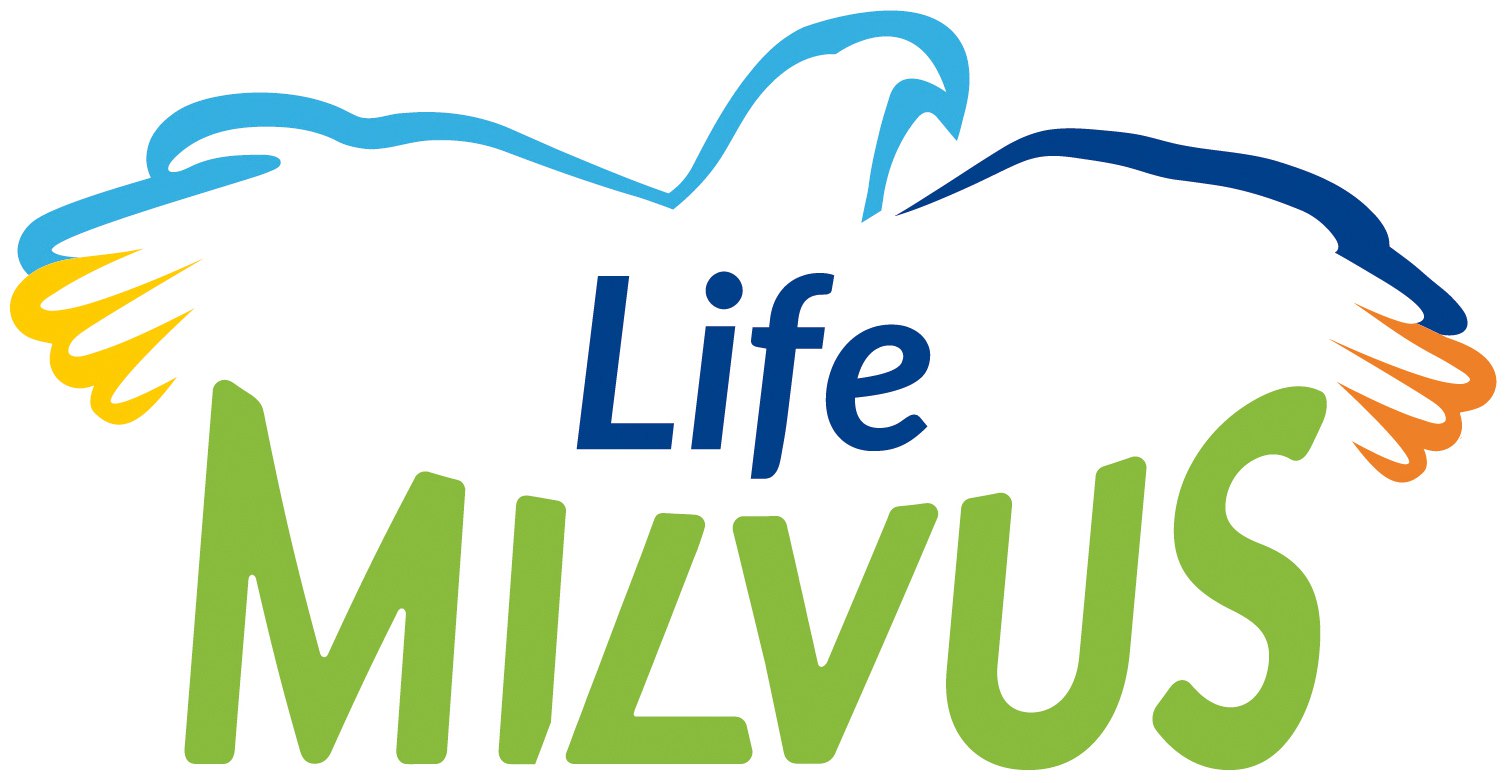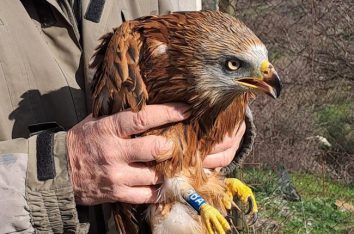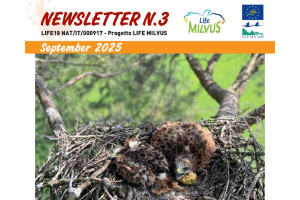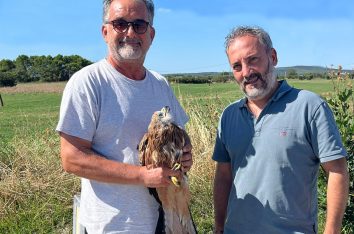Five young red kites born in Corsica just over a month ago are housed at the CERM Threatened Raptor Center in Rocchette di Fazio (GR), southern Tuscany, waiting to be transferred to Aspromonte National Park for their release into the wild, scheduled for July 2024.
The red kites arrived in Maremma on 14 June 2024 on a tourist plane that took them to Bastia (Corsica) and landed them in Scarlino (GR, Italy). In the previous days, the young birds of prey had been taken from their nests, located in the north-western part of Corsica, by the ornithologists of the CEN Corse Association (Conservatoire d'Espaces Naturels de Corse).
Picking up the precious kites in Bastia from their colleagues at CEN Corse and accompanying them to CERM was the project manager of the LIFE MILVUS project, Anna Cenerini. The transfer from Corsica to the Maremma was organised with the support of the CERM Association and the cooperation of the pilot Matteo Casuccio from the Aliscarlino airfield. Once at CERM, the birds of prey were taken in charge by Guido Ceccolini, President of the CERM Association, and placed in a specially-equipped aviary at the Threatened Raptors Centre.
Here, the young are monitored by means of a control camera that shows them calm and intrigued by the many red kites flying over their heads. These specimens are part of the new Tuscan population, the result of a successful reintroduction programme carried out between 2004 and 2017 as part of two LIFE Nature projects. After a few days' rest, the young birds of prey from Corsica will be transferred to the Aspromonte National Park release centre.
The transfer of the five red kites by Corsica to the LIFE MILVUS project was made possible thanks to the work carried out by the CEN Corse staff who, with the expert Carole Attié, took care of the procedures to obtain the many necessary authorisations and, with the ornithologists Ludovid Leporì and Sébastien Cart, carried out the monitoring of the nests, the collection of the young and the preparation for their translocation. Cécile Jolin, a licensed ringer working at the U Pettirossu wildlife recovery centre, also collaborated.
Crucial was the collaboration of various French bodies that, in an exceptionally short time, authorised the capture and translocation operations (including the DREAL Corse Direction Régionale de l'Environnement de l'Aménagement et du Logement and the CNPN Conseil National de la Protection de la Nature).

Boarding of young red kites at Bastia airport after handover by ornithologists from CEN Corse
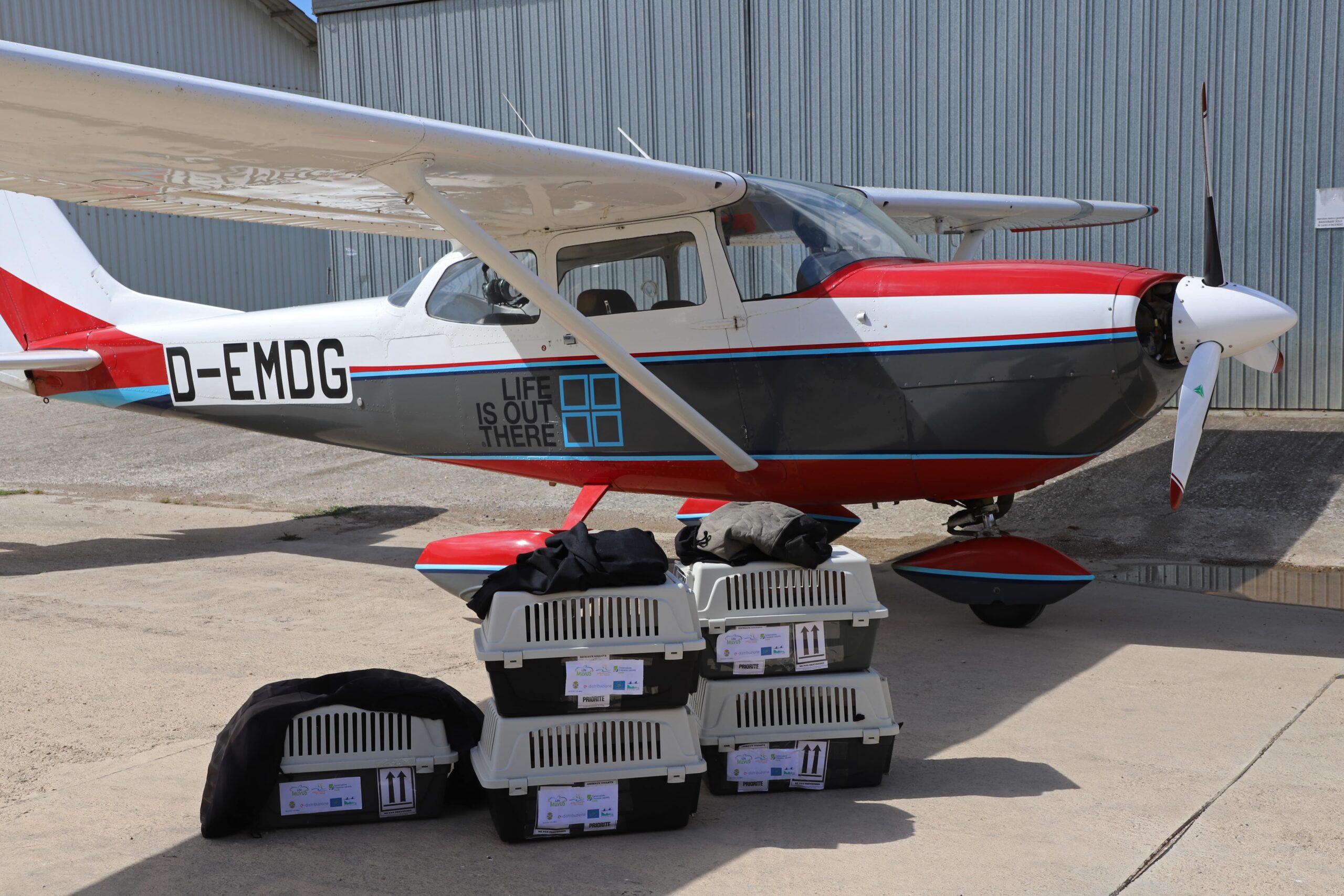
Red kites just landed in Maremma, at Aliscarlino airfield (GR)
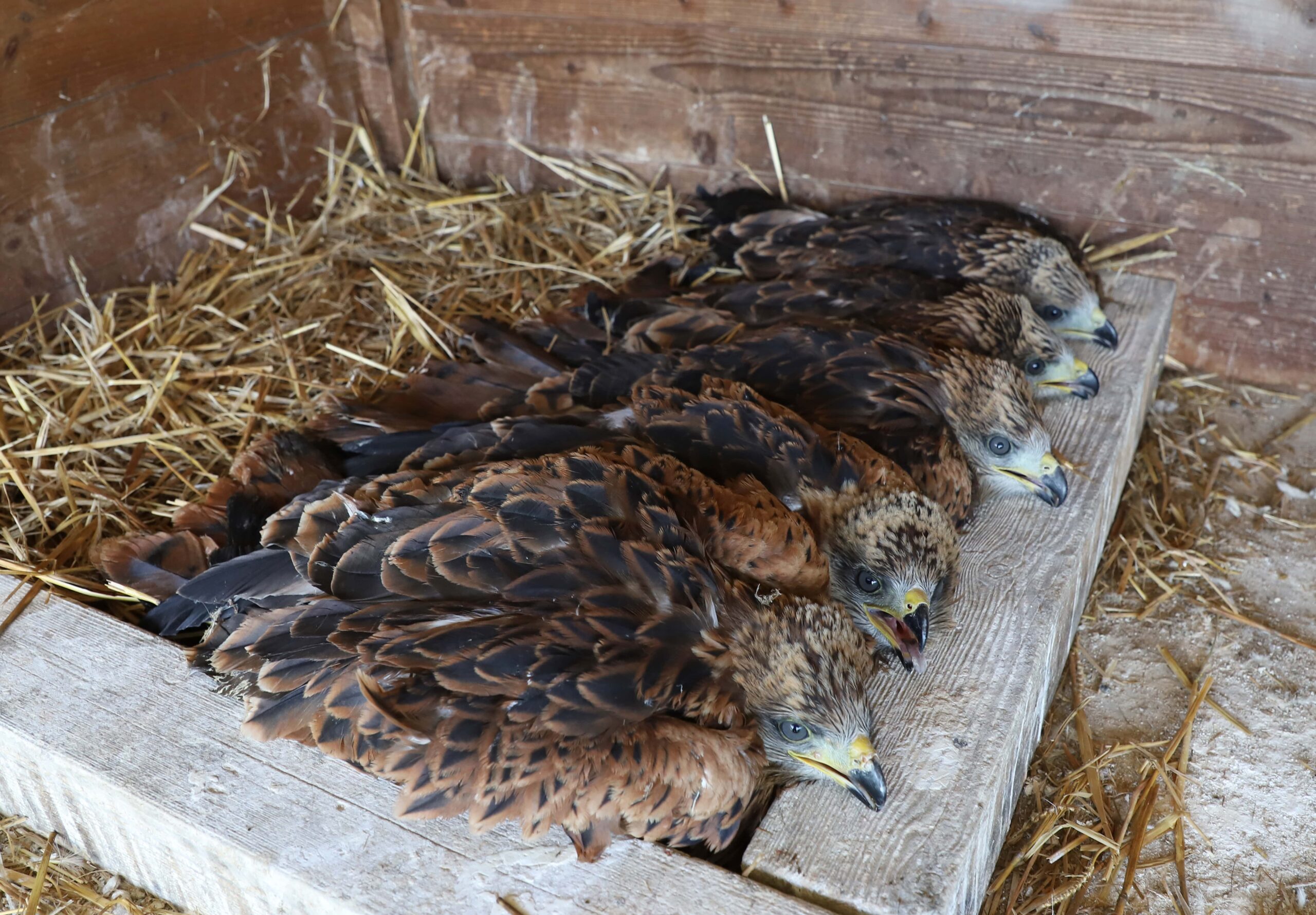
The five young kites in the nest corner of the aviary

The taking of a young red kite by the ornithologists of CEN Corse.
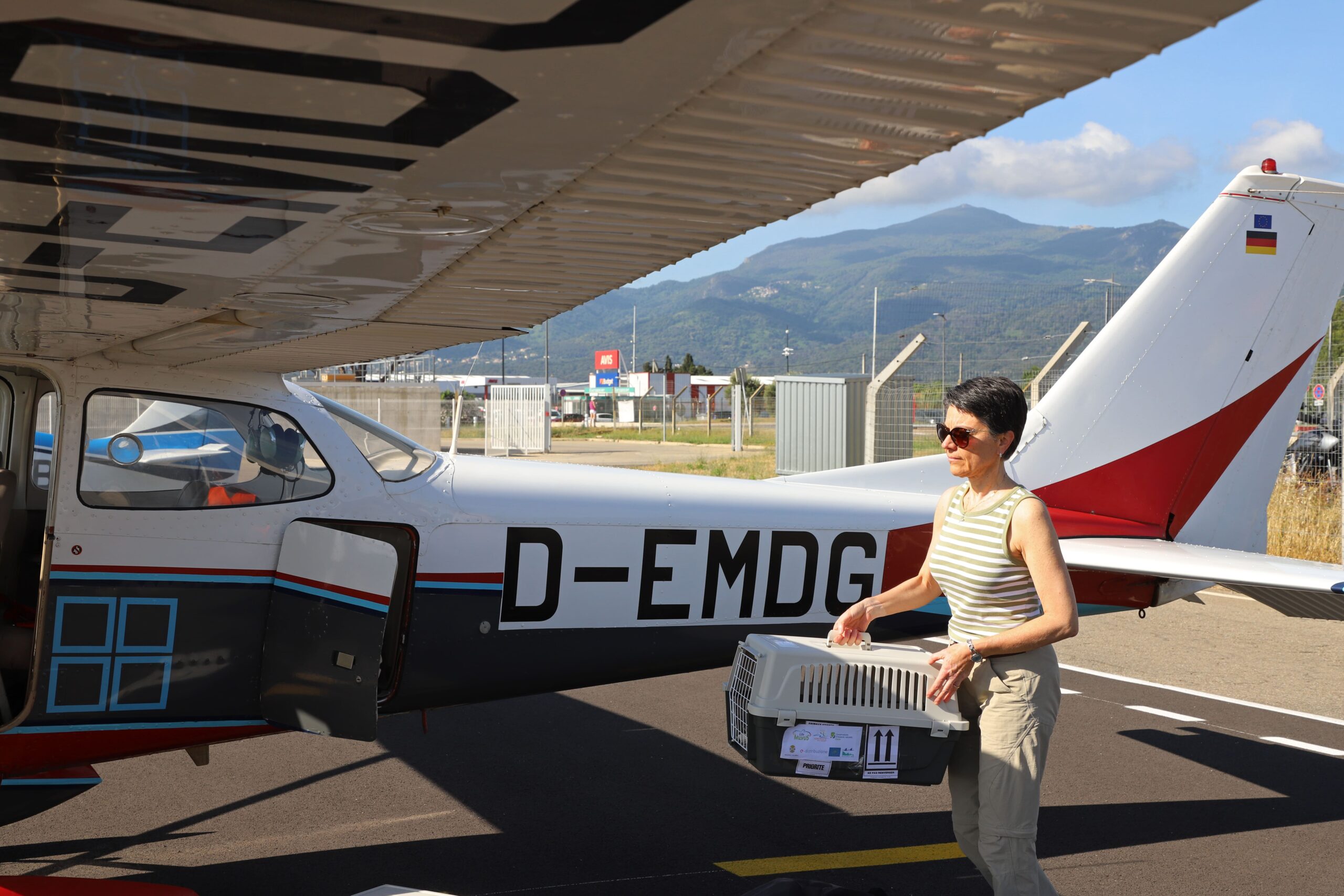
Boarding of young red kites at Bastia airport.

Accommodation of red kites in an aviary at the CERM Center for Threatened Raptors.
